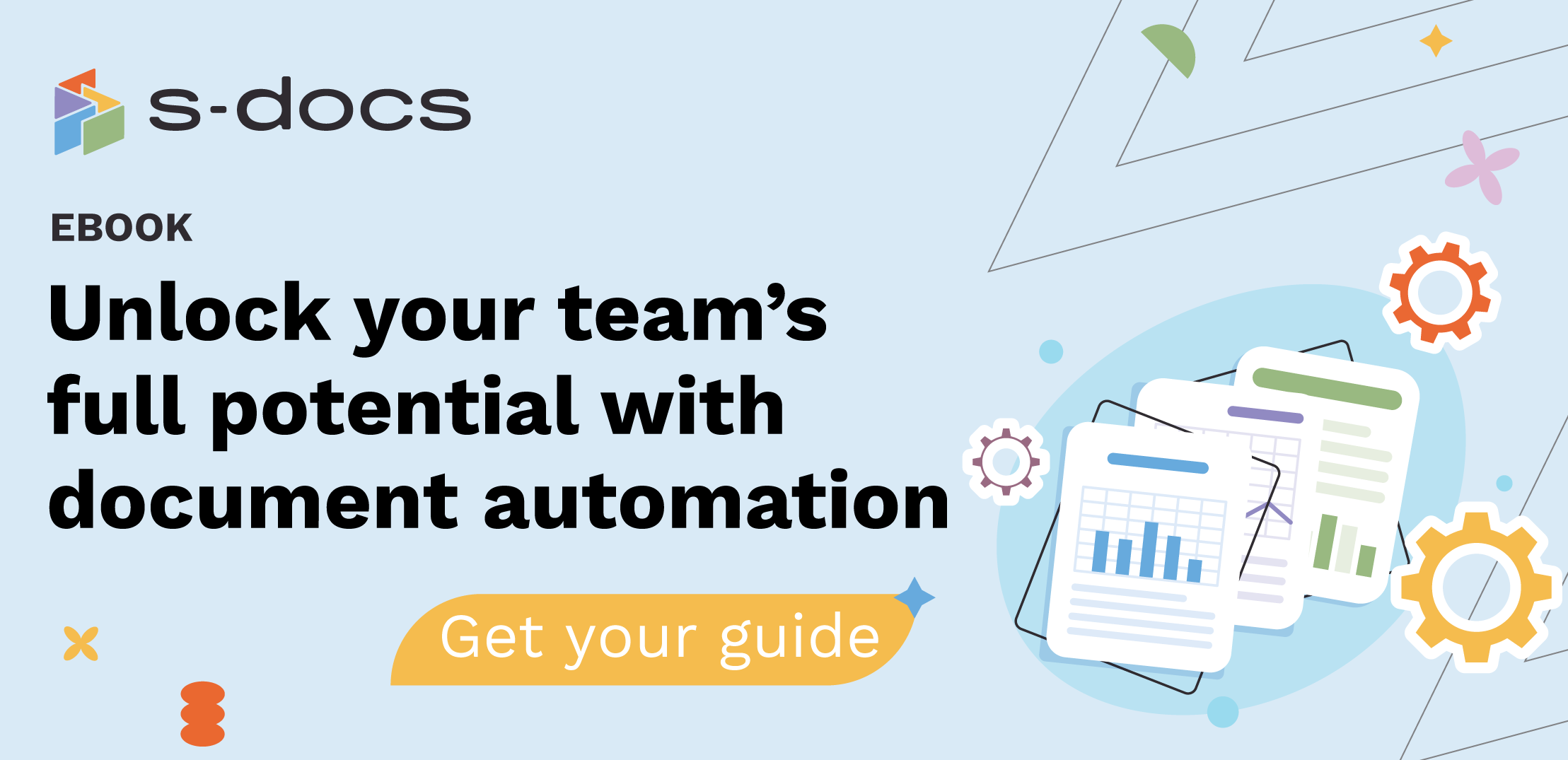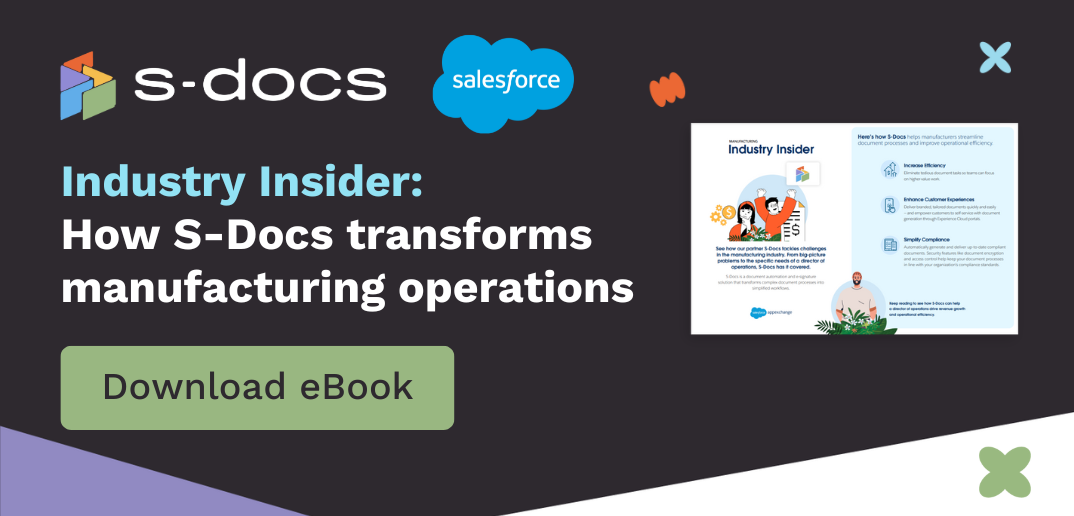It seems like we’re constantly bombarded with advice on how to boost your operational efficiency and excellence. But not all of this wisdom holds water. Let's dive into some common myths about operational efficiency and uncover the truths that can really help your business thrive.
Myth: More technology equals greater efficiency
You've heard it (or seen it in practice) a thousand times: "Just throw more tech at the problem!" But blindly adopting new technology without a strategic plan is a surefire recipe for efficiency loss.
The reality is that strategic implementation and proper training are key to leveraging technology for true operational efficiency. Before you invest in that shiny new software, ask yourself:\
- Does this technology align with our specific operational needs?
- How will we train our team to use it effectively?
- What's our plan for integrating it into our existing workflows?
Remember, the most expensive solution isn't always the most efficient. Sometimes, a simple, well-implemented tool can do more for your operational efficiency than a complex system that no one knows how to use properly.
Myth: Cutting costs always improves efficiency
It's tempting to think that slashing budgets will automatically boost your bottom line. But be careful. This kind of short-term thinking can lead to major efficiency loss in the long run.
The truth is, investing in the right tools and processes prevents efficiency loss and drives long-term success. Sure, you might save a few bucks today by skimping on training or opting for cheaper, less reliable equipment. But what's the real cost in terms of productivity, employee satisfaction, and customer service?
Myth: Automation kills creativity
You might worry that embracing automation means stifling your team's creative spark. After all, isn't creativity a uniquely human trait?
The reality is that automation doesn't kill creativity — it fuels it. By freeing your team from mundane, repetitive tasks, automation actually creates more space for innovation and creative problem-solving.
Think about it: how much creative energy does your team waste on routine data entry or document formatting? By automating these processes, you're liberating your employees to focus on tasks that truly require human ingenuity and imagination.
Myth: Document automation is only beneficial for large enterprises
Think document automation is only for the big players? Think again.
The truth is, document automation enhances efficiency for businesses of all sizes by streamlining repetitive tasks, reducing errors, and improving consistency across all documentation.
Whether you're a small startup or a multinational corporation, you deal with documents every day. Contracts, invoices, reports — the list goes on. Automating these processes can save you hours of work and significantly reduce the risk of costly errors.
Myth: Implementing automation disrupts existing workflows too much
You might be hesitant to shake things up, worried that introducing automation will throw a wrench in your well-oiled machine.
But here's the truth: when properly integrated, automation enhances workflows by eliminating bottlenecks and streamlining operations.
The key is to approach automation strategically. Start by identifying your pain points — where are you experiencing the most efficiency loss? Then, look for automation solutions that specifically address these issues.
Myth: Speed means sacrificing quality
You've probably heard the saying "You can have it fast, good, or cheap. Pick two." But when it comes to operational efficiency, this old adage doesn't always hold true.
In truth, with the right processes and tools in place, you can achieve both speed and quality, enhancing your overall operational efficiency. It's not about working faster at the expense of quality, but about working smarter.
By streamlining your workflows, automating repetitive tasks, and empowering your team with the right resources, you can increase speed without compromising on quality. In fact, many businesses find that improving their operational efficiency actually leads to higher-quality outputs.
Building a sustainable path to operational efficiency
Now that we've busted these myths, you might be wondering: "So what does work for improving operational efficiency?" Here are some strategies that have stood the test of time:
- Embrace continuous improvement: Operational efficiency isn't a one-and-done deal. It's an ongoing process of evaluation and refinement. Regularly assess your processes and be open to change.
- Invest in your team: Your employees are your greatest asset in the quest for operational efficiency. Provide ongoing training and development opportunities to keep their skills sharp.
- Balance automation and human input: While automation can greatly enhance operational efficiency, don't forget the value of human insight. Find the right balance for your organization.
- Focus on customer needs: Ultimately, operational efficiency should translate to better service for your customers. Keep their needs at the forefront of your efficiency efforts.
- Encourage innovation: Create a culture where employees feel empowered to suggest improvements. Some of the best efficiency ideas often come from those on the front lines.
Remember, there's no one-size-fits-all solution for operational efficiency. What works for one business might lead to efficiency loss in another. The key is to stay flexible, keep learning, and never stop looking for ways to improve.
Are you ready to supercharge your operational efficiency and leave efficiency loss in the dust? S-Docs is your ticket to streamlined operations and boosted productivity. Don't let another day go by wrestling with inefficient document processes. Request an S-Docs demo today and see how we can transform your workflow.







